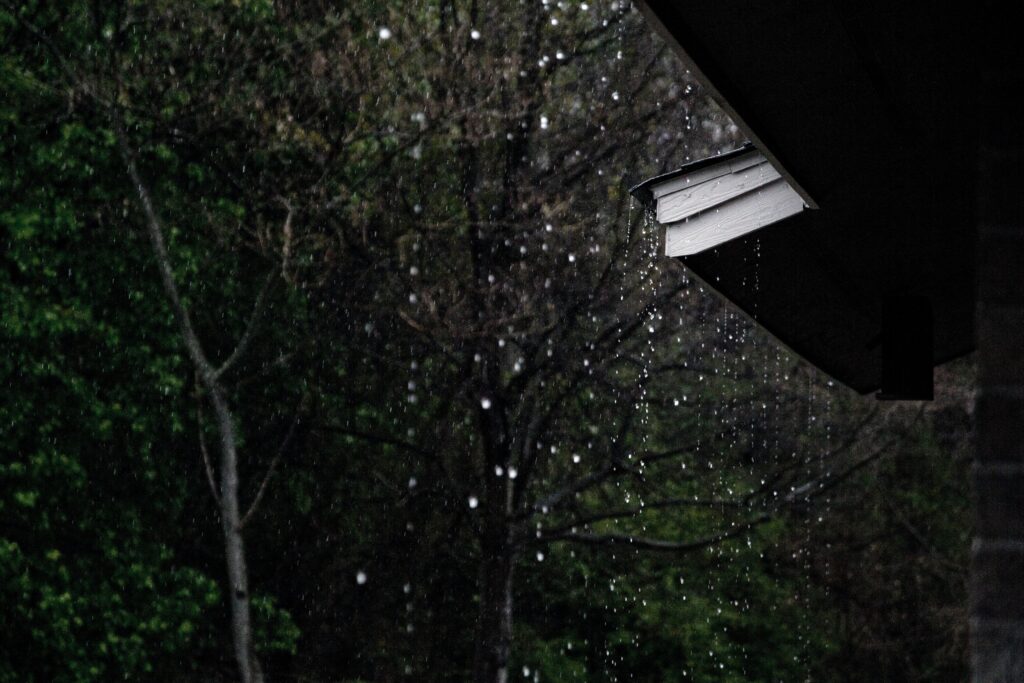
Spring is right around the corner, and we know what that means for places like Michigan and Ohio — lots of rain! While stormy weather makes way for sunshine and flowers, it can also create concerns for homeowners. Heavy bouts of rain have an impact on soil, which directly affects the foundation of your house. But, don’t worry — understanding seasonal foundation movement and how to prevent damage will keep your house dry through the spring.
How Does Rain Affect Seasonal Foundation Movement?
Seasonal foundation movement is caused by either rain or snow, depending on the season. In the spring, when heavy rainfall is common for extended periods of time, the soil of your property can become quite damp. When wet, the moisture content of dirt grows and causes it to expand. Dry soil has the opposite effect and shrinks without exposure to water.
Because the weather is always changing, some foundation movement is normal. A balance of rainy and dry conditions will shift your house up and down or side to side slightly, but the soil’s moisture content is stable enough to not cause concern. However, after days or weeks of rain,, your foundation shifts to a risky point due to consistently wet soil expansion.
What is the Impact of Seasonal Foundation Movement?
Too much foundation movement as a result of excessive rainfall can create a variety of issues. Here’s a few of the major concerns to look out for:
- Cracks in exterior foundation or interior walls. Small cracks are normal signs of shifting foundation, but new and obvious cracks should be investigated. These can appear on the outside of a house’s foundation, on interior walls, near window frames, and even on nearby sidewalks or driveways.
- Buckling or sagging flooring. When a foundation shifts consistently, flooring can become unlevel. Signs of buckling include hardwood boards turned up at the edges and a swelling in the middle of the floor. Sagging can be identified by uneven tilting and gaps between the floor and baseboards.
- Stuck doors or gaps around frames. Doors typically expand and shrink with colder or warmer weather, but particularly tough-to-open doors could be due to excessive shifting. Growing gaps around window and door frames are also common indicators.
How Can You Prevent Seasonal Foundation Damage?
While we can’t control the weather, there are still ways to protect your home’s foundation against excess rainfall. To limit the amount of water that pools around your house, make a conscious effort to direct drainage downhill and away from your property. To stay on top of potential foundation issues, consistently check your walls, windows, and floors for signs of damage. If you can spot a concern before it spirals into a disaster, the repairs will be less painful.
[body] If you’re looking for more insight into protecting your property against seasonal foundation movement, we recommend consulting a professional. At Kent Foundation Repair, we’re happy to walk you through the warning signs to look for and what they mean. Send us a message for a free consultation, and we’ll make sure your foundation is sound this spring.
